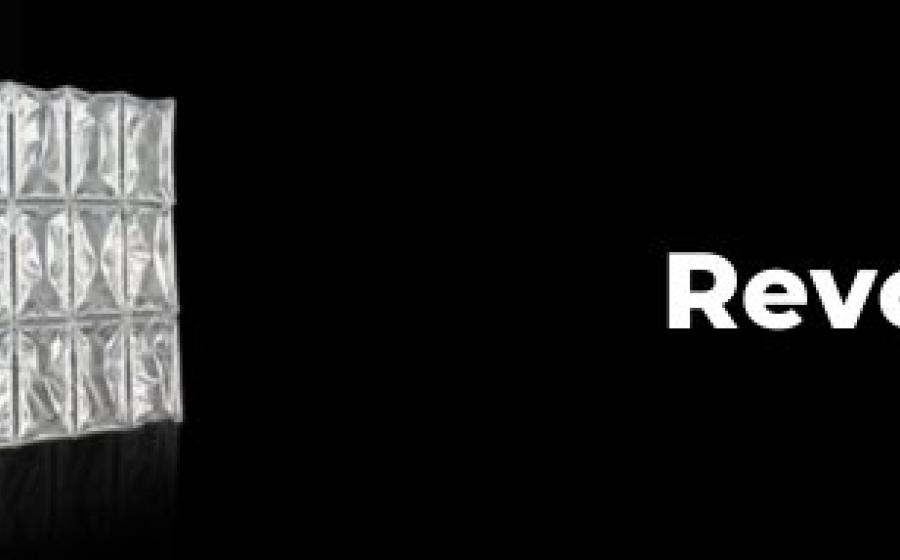
As sustainability becomes a critical measure of business integrity, the environmental impact of packaging choices is under more scrutiny than ever. Hydropac proudly announces the launch of its new Carbon Calculator - a free, easy-to-use tool that helps businesses compare the carbon footprint of water-based ice packs versus their gel-based alternatives. This isn’t just about numbers - it’s about transparency, accountability, and helping companies make better-informed decisions that align with their environmental values.
Why Launch a Carbon Calculator?
With environmental pledges high on the corporate agenda, many brands are now actively tracking and reporting their carbon footprints. However, when it comes to cold chain logistics, particularly the ice packs used to keep goods chilled - the carbon cost often goes unnoticed. Hydropac’s Carbon Calculator is designed to fill that gap. It gives customers a clear understanding of the CO₂e emissions generated by their choice of ice pack, at the scale of individual units, full pallets, or even annualised usage. “We’re not here to tell people what to buy,” says Colin Rowland, MD ay Hydropac. “We simply believe in giving businesses the facts so they can choose solutions that genuinely reflect their environmental commitments - not just what sounds good in a press release.”
The Shocking CO₂e Cost of Gel Packs
The Carbon Calculator reveals a startling comparison: producing a pallet of 500g gel ice packs generates around an extra 16kg of CO₂e. By contrast, the same number of 500g water-only ice packs produces significantly less, a full 39% less CO₂e. Put another way, for every 10 pallets of gel ice packs a business uses, it would need to plant nearly 8 fully grown trees every year to offset the carbon footprint. That’s not just expensive - it’s unsustainable at scale. This data brings into sharp focus a question that more companies should be asking: Are our packaging choices helping or hurting our environmental goals?
Beyond the Label: The Truth About “Non-Toxic” and “Drain Safe”
While gel packs are often labelled “non-toxic” and “safe for landfill,” these terms can mask a more complex reality. The gels typically contain polymers and preservatives that don’t easily break down in the environment - and their carbon footprint begins right from the production stage. Water-based packs, by contrast, offer a far cleaner life cycle. The main ingredient, water, is not only abundant and safe but also has no residual impact when disposed of correctly. Hydropac’s unique, leak-proof manufacturing process ensures performance without compromise, making the water pack a truly sustainable alternative.
Why This Matters More Than Ever
We’re living in a world where food delivery, direct-to-consumer subscriptions, and medical cold chains are expanding rapidly. This means the demand for ice packs is soaring - and with it, the potential for hidden environmental damage. Packaging is often the last piece of the carbon puzzle businesses consider, yet it’s one of the easiest to improve. With tools like Hydropac’s Carbon Calculator, organisations now have the data to make changes that are not only better for the planet but often more cost-effective in the long run. This is especially relevant for companies making public sustainability pledges. Planting trees or switching to recycled materials are commendable steps, but when paired with the continued use of high-carbon gel packs, the messaging doesn’t always stack up.
Sustainability is More Than a Statement - It’s a Standard
The launch of the Carbon Calculator isn’t just about Hydropac showcasing its water-based solutions. It’s about holding ourselves - and the wider industry - to a higher standard. Hydropac has always invested in sustainable innovation, and this tool reflects that commitment. By giving brands the ability to measure the real-world impact of their choices, we’re enabling more than compliance, we’re promoting conscious change.
As one recent campaign post said:
“🌳A tree absorbs around 21kg of CO₂e per year.🧊One pallet of gel ice packs produces 51.2kg. So… is your sustainability mission just a marketing statement - or something more?”



